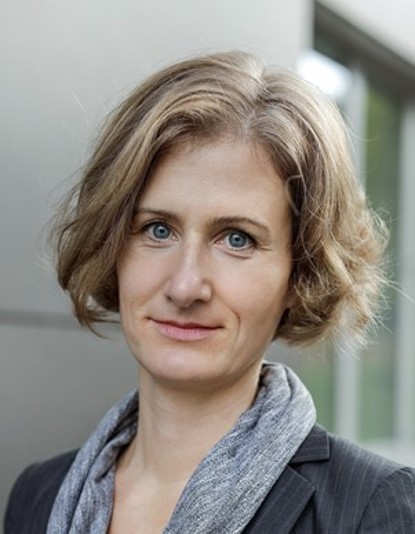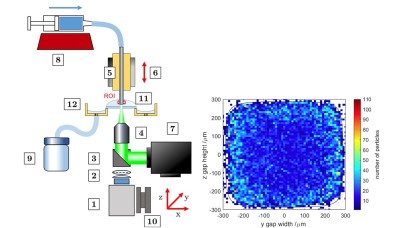Team
| Name | Contact | |
|---|---|---|

| Prof. Dr.-Ing. Jeanette Hussong | hussong@sla.tu-... +49 6151 16-22174 L2|06 417 |

| Hatim Ennayar M.Sc. | ennayar@sla.tu-... +49 6151 16-22190 W1|05 5 |
Motivation
Fuel as well as urea injections build wall films inside combustion and exhaust gas after-treatment systems (i.e SCR deNOx), respectively. Hence, it is important to understand the transport processes occurring in those films to reduce consumption and emissions, which are essential pillars for making the world a better and cleaner home. Current research has been focusing on individual processes of undisturbed one-component thin films. However, the understanding of momentum and species transport in two-component thin films of inhomogeneous mixtures is still incomplete and a fundamental investigation is highly needed.
Objectives
The subproject A07 deals with transport processes in two-component films under the influence of external disturbances. During this second funding period, the dynamics of wall film flow under the disturbing influence of droplets will be investigated to complement the activities of A02 and B08. The first goal is to establish a suitable measurement technique that allows the simultaneous detection of transient momentum and species transport in perturbed thin films. The second goal is to obtain spatially resolved information of the three-dimensional flow field in the thin film of miscible and immiscible fluids for different impacting regimes as illustrated in figure 1. Focus is put on evaluating the influence of convection on species transport in these different impact regimes. The third goal is to derive empirical models of species transport in the perturbed thin film from experiments. In the third funding period, more external disturbances will be considered, mainly the effect of aerodynamic disturbance and evaporation on the global transport processes in thin liquid films.
Approach
To quantify momentum and species transport, optical measurement methods such as A-PTV (Astigmatism Particle Tracking Velocimetry) and Micro-LiF (laser-induced fluorescence) are applied. A-PTV makes it possible to resolve the 3D movement of the flow in a liquid film of a few micrometres height with only one camera. Micro-LiF measurements are used to determine distributions of the species concentration. The combination of simultaneous A-PTV and micro-LiF measurements is new. Both measurement methods complement each other and used to investigate the transport mechanism representative for scenarios anticipated in exhaust gas after-treatment systems. Further measurement techniques are utilized to assess the film thickness and ripple formation and propagation during drop impact.
Current Work
A pre-test has been successfully performed by means of A-PTV to validate an improved calibration method for A-PTV measurements. The calibration enables for the first time the evaluation of migration dynamics of micro-particles of a tri-disperse suspension flow separately for each particle group (30μm, 40μm and 60μm). The figure of the setup shows the particles segregation happening in a capillary tube, where smaller particles of 30μm diameter migrate towards the wall. Besides, this benchmark setup allows testing different sizes of particles for further investigations on droplet impact driven flow in the liquid film.
Cooperations
Experimental data of the flow fields in the fluid film emerging after the drop impact are provided to B08 (Marschall/Wörner) to validate their numerical models and simulations. Similarly, the cooperation with B01 (Gambaryan-Roisman) aims to validate numerical simulations and models describing the internal circulation of droplets during evaporation. On the other hand, a joint measurement campaign is to be performed with A02 (Roisman/Hussong) to describe drops impact using High-speed camera imaging and A-PTV in combination. Further cooperations will be performed with A01, A05, B07 and C01.





